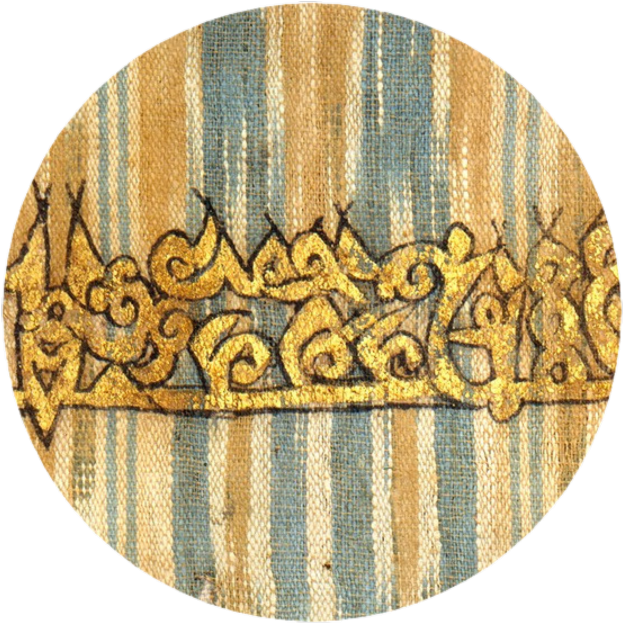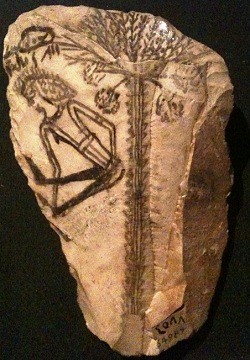On this subject, there is a story about ‘Abd al-Rahman the son of Hassan ibn Thabit. When he was a boy, he ran crying to his father, "I got stung by a flying creature!"
"My son," said Hassan, "tell us how it looked."
"Like it was dressed in mantles of Yemen," he said, for it was a hornet that had stung him.
"By the Lord of the Kaaba," Hassan said, "my son will be a poet!"
As you see, what demonstrated the boy's talent for poetry was his creation of a simile. This is what distinguishes the poet's mind from the non-poet's. Hassan rejoiced at this, just as he rejoiced at his son's poetic spirit when [a schoolteacher rounded up a group of boys for some mischief, and was going to punish ‘Abd Allah along with them, until*] ‘Abd Allah said (meter: basīṭ):
God knows I was [not there, but] in the house of
Hassan, hunting insects on the wing all by myself.
You might say that similes are special effects that substitute for painting and drawing, but that's not what provoked Hassan's response. What pleased him was that ‘Abd Allah said the bug was as if "dressed" (multaff). If he had called it "a flying creature with stripes like a Yemeni mantle," the expression would be less effective, for it gives away the point of likeness. The combination [of hornet and mantle is by itself sufficient to imply the stripes, and this] was the sign of young ‘Abd Allah’s genius.
Now even though "dressed" was what provoked Hassan's admiration, it is still a case of simile, and an exemplary one at that, insofar as the hornet's likeness is captured by its "wearing" of the mantle's stripes and colors.
From The Secrets of Eloquence by ‘Abd al-Qahir al-Jurjani
*Context supplied in al-Kāmil by al-Mubarrad










